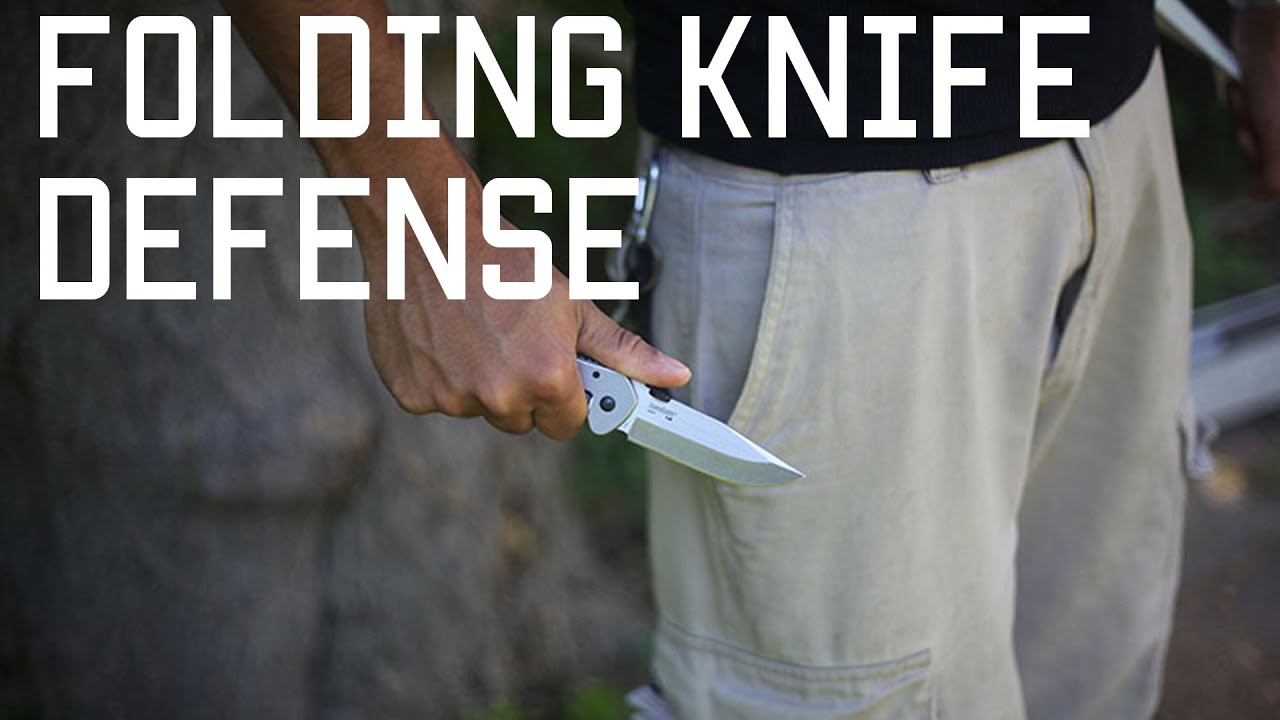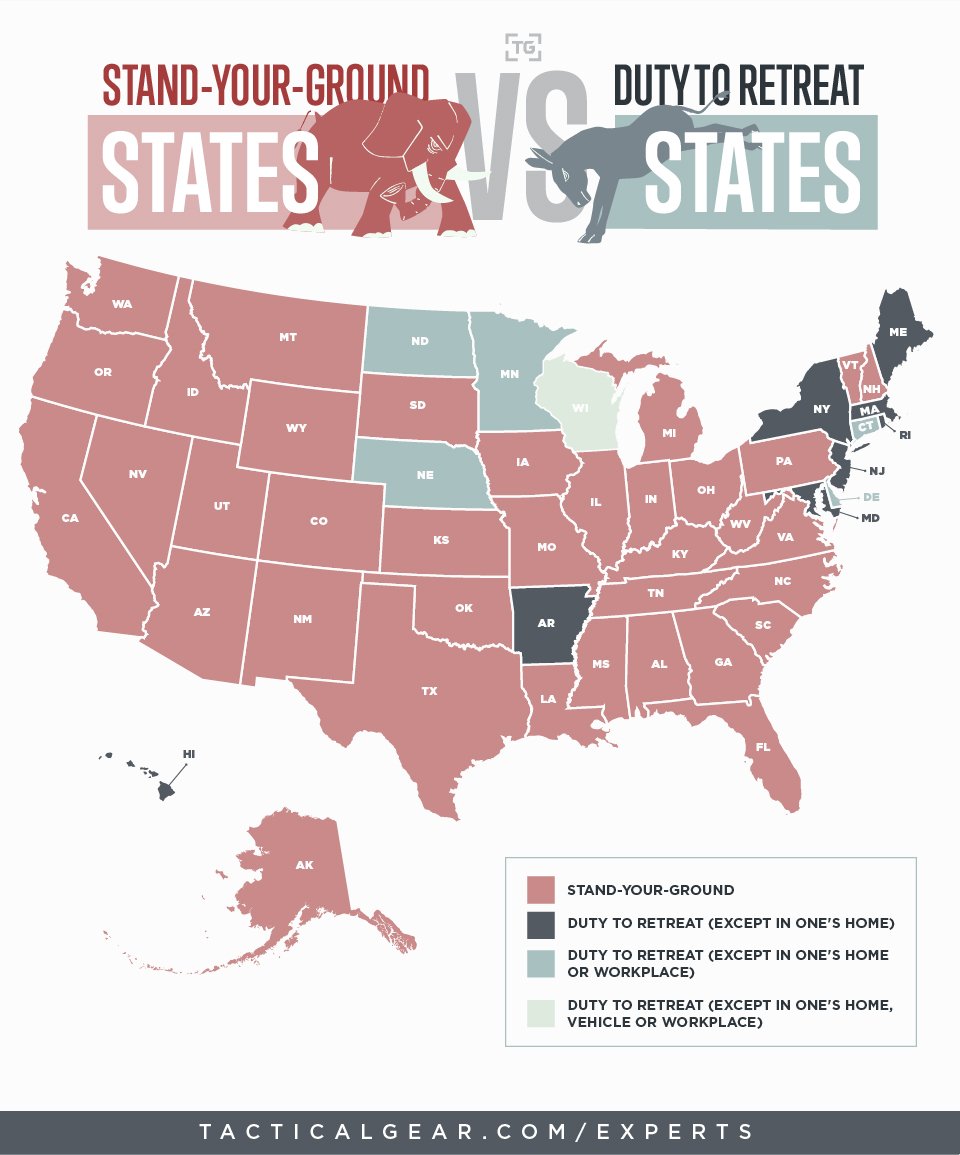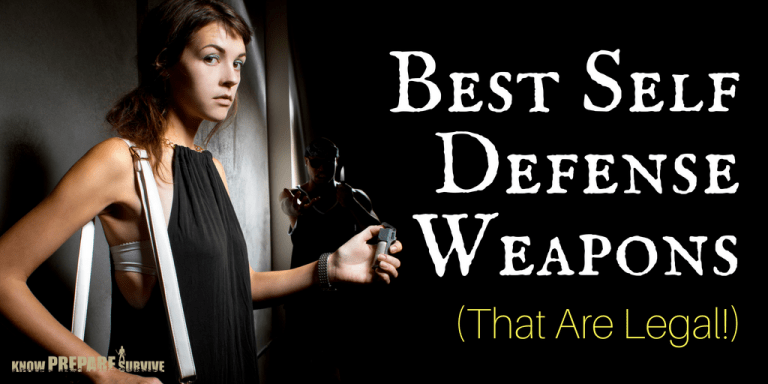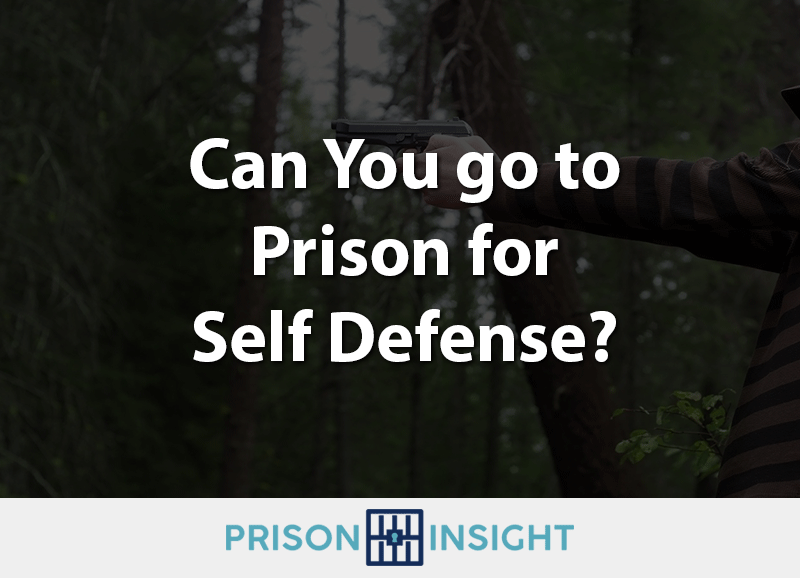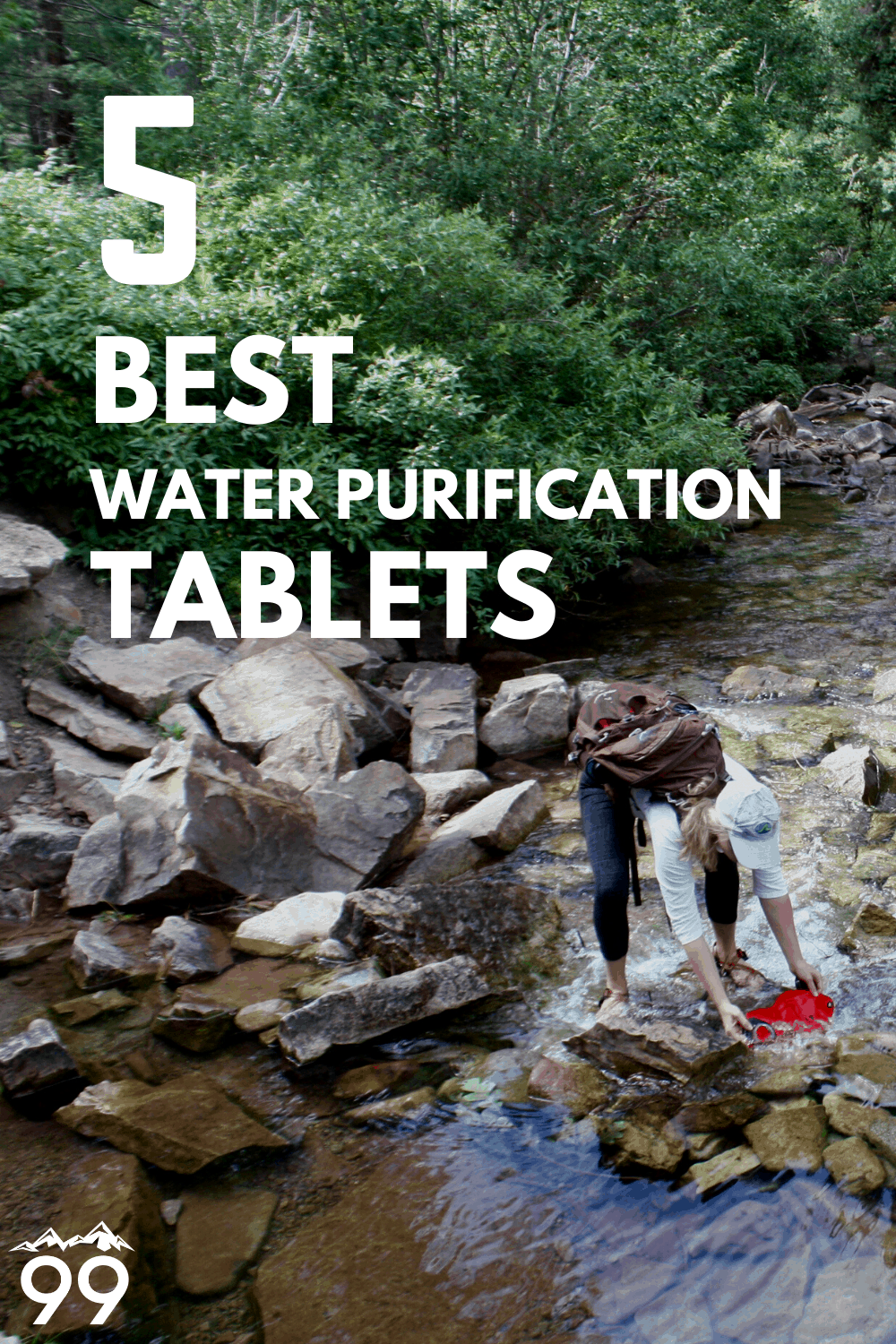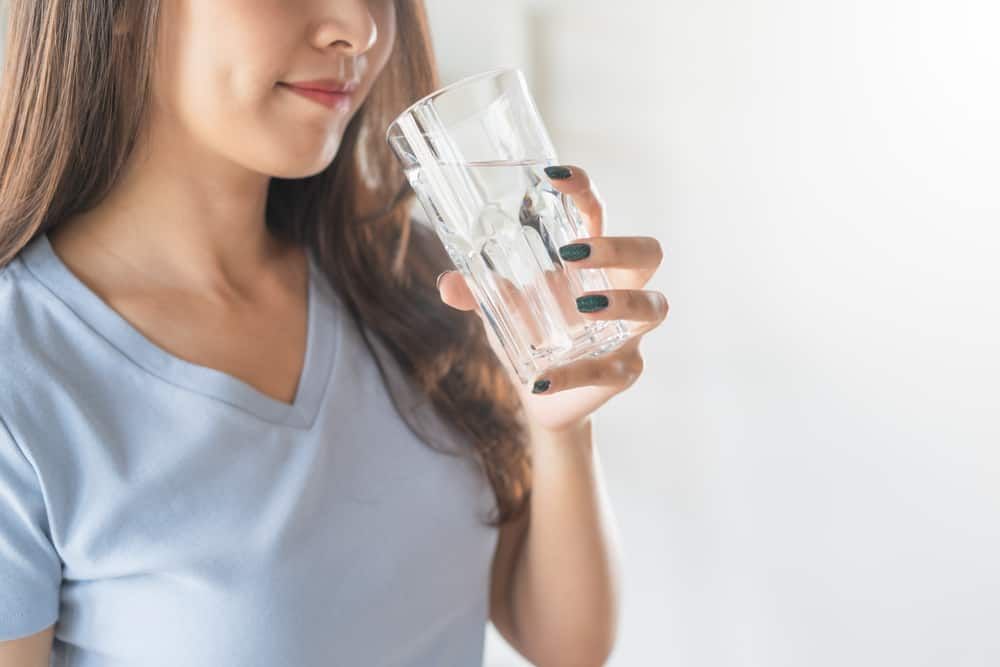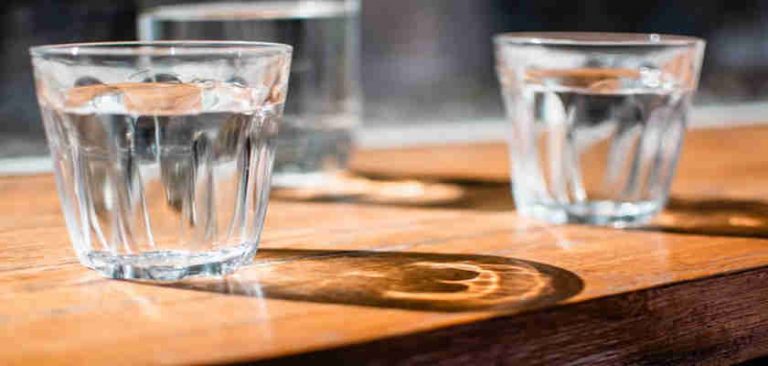Water Purification: The Key to Survival
Water is the most essential resource to human life, and its availability and quality are key factors to our survival. Without access to clean, safe water, our bodies can quickly become dehydrated, leading to a variety of health problems. The ability to purify water from various sources and store enough to last through emergencies is therefore an essential life skill. In this article, we will explore the methods for purifying water from various sources, as well as strategies for storing enough water to last through emergencies.
Methods of Water Purification
Boiling. One of the oldest and most reliable methods of purifying water is boiling. Allowing the water to reach a rolling boil for one minute will kill most pathogens, and will also remove any dirt or sediment. Boiling is an effective method of purification, but it does require access to a heat source and a container to boil the water in.
Bleaching. Another method of purifying water is to use household bleach. It is important to use a brand that contains at least 5.25% sodium hypochlorite, and to add 8 drops of bleach per gallon of water. To ensure the water has been properly disinfected, it should be left to stand for at least 30 minutes before drinking.
Filtration. Filtration is a method of purifying water that is used by many people around the world. Filters come in a variety of sizes and types, and can be used to remove sediment, bacteria, and other contaminants from the water. It is important to choose a filter that is designed to remove the type of contaminants present in the water.
Distillation. Distillation is a process that involves boiling the water and then collecting the steam, which is then condensed into a clean liquid. This process is effective at removing bacteria, viruses, and other contaminants, but it requires access to a heat source and a container to collect the steam in.
Solar Disinfection. Solar disinfection, or SODIS, is a method of purifying water that uses the power of the sun. This method involves filling a clear plastic bottle with water and leaving it in direct sunlight for at least six hours. This process works by the UV rays from the sun killing the pathogens in the water.
Strategies for Storing Water
Storing enough water to last through an emergency is essential for survival. There are a few key strategies to follow when storing water:
Use food-grade containers. It is important to use containers that are designed to store water, such as food-grade plastic or glass bottles. These containers should be cleaned and sanitized before use.
Rotate the water. Water should be rotated on a regular basis, as it can become contaminated over time. It is a good idea to mark the date of when the water was stored on the container.
Store in a cool, dark place. Water should be stored in a cool, dark place, such as a basement or a root cellar. This helps to prevent the growth of bacteria and algae in the water.
Store extra supplies. It is also a good idea to store extra supplies of water purification tablets and filters, in case the water needs to be purified.
Conclusion
Water purification and storage are essential skills to master for survival. There are a variety of methods for purifying water from various sources, such as boiling, bleaching, filtration, distillation, and solar disinfection. It is also important to have a strategy for storing enough water to last through emergencies, such as using food-grade containers, rotating the water regularly, storing in a cool, dark place, and having extra supplies of purification tablets and filters. By mastering these skills, we can ensure our access to clean, safe water, and our survival.

